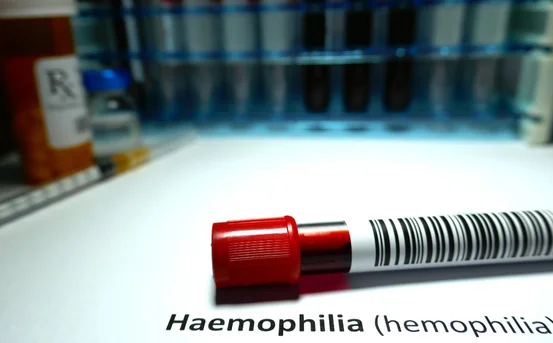After a fracture, getting proper treatment, whether it’s a cast, metal plate, rod, or screws is just the beginning of the healing journey. But recovery isn’t always smooth. Patients often experience various symptoms after fracture repair that can be part of the normal healing process or sometimes a sign that something’s wrong.
Knowing which symptoms are expected and which ones require medical attention is crucial for a safe, steady recovery. This guide will help you understand the common physical sensations, warning signs, and recovery expectations after fracture treatment.
Common Symptoms After Fracture Repair
- Pain and Discomfort :- Pain is completely normal after a fracture and during the early days of repair. It usually decreases gradually over time. You might feel:
- Soreness near the surgical site or fracture
- A dull ache while resting or sleeping
- Increased pain with movement or physical therapy
Your doctor may prescribe pain medications to manage it, especially if surgery was involved.
- Swelling :- Swelling around the affected area is another common response as the body begins to heal. It may last for a few weeks post-repair, especially if the limb is lowered for long periods. Elevating the area and applying ice packs (if recommended by your doctor) can help reduce it.
- Bruising :- Bruising near the injury site is also expected. It happens due to broken blood vessels during the injury or surgical process. Bruising usually fades over time and isn’t a cause for concern unless accompanied by worsening pain or excessive swelling.
- Stiffness or Limited Mobility :- After immobilization or surgery, joints and muscles near the fracture may become stiff. It may be hard to fully bend or straighten the joint, especially after a cast is removed or after internal fixation procedures. This is typically addressed through physiotherapy.
- Tingling or Numbness :- Mild tingling or numbness may be caused by swelling pressing on nearby nerves or by the healing process itself. This sensation often improves with time. However, if it worsens or affects large areas, inform your doctor.
- Muscle Weakness :- During immobilization, muscles around the fracture site may weaken due to lack of use. After repair, many patients experience weakness, particularly when weight-bearing. A gradual strengthening program prescribed by a physical therapist can help rebuild muscle safely.
- Itching Around the Cast or Incision :- Itching is a sign of healing, especially after surgery or once a cast is placed. It’s common and harmless, though it can be uncomfortable. Never insert objects to scratch under a cast this can lead to infection.
Warning Signs : When to Contact a Doctor
While many symptoms are expected, some indicate complications and require urgent medical attention:
- Severe or Sudden Increase in Pain :- If pain becomes intense or returns after having improved, it could signal infection, hardware issues, or improper healing.
- Redness, Warmth, or Pus from the Surgical Site :- These signs suggest possible infection. Contact your doctor immediately if you notice drainage, an unpleasant smell, or fever.
- Persistent Numbness or Loss of Function :- Ongoing numbness, loss of movement, or inability to bear weight may point to nerve involvement or improper alignment.
- Swelling That Doesn’t Improve :- If swelling worsens instead of getting better, especially if it’s accompanied by calf pain or warmth, it could be a sign of a blood clot (deep vein thrombosis).
- Fever or Chills :- A fever not related to another illness may suggest infection following surgery or wound complications.
Monitoring Healing at Home
Most patients are advised to:
- Elevate the limb for a few hours a day
- Keep the surgical area clean and dry
- Follow medication schedules carefully
- Attend physiotherapy regularly
- Watch for changes in symptoms or wound condition
Following these steps can help avoid setbacks and support smoother recovery.
Conclusion
Experiencing symptoms after fracture repair is normal but knowing which ones to expect (and which to flag) can make a huge difference in your recovery. Always keep open communication with your doctor, attend all follow-up visits, and don’t hesitate to ask questions about what you’re feeling.
Fracture repair is a journey. With patience, proper care, and the right information, you’ll be on your way to full healing and restored movement.























